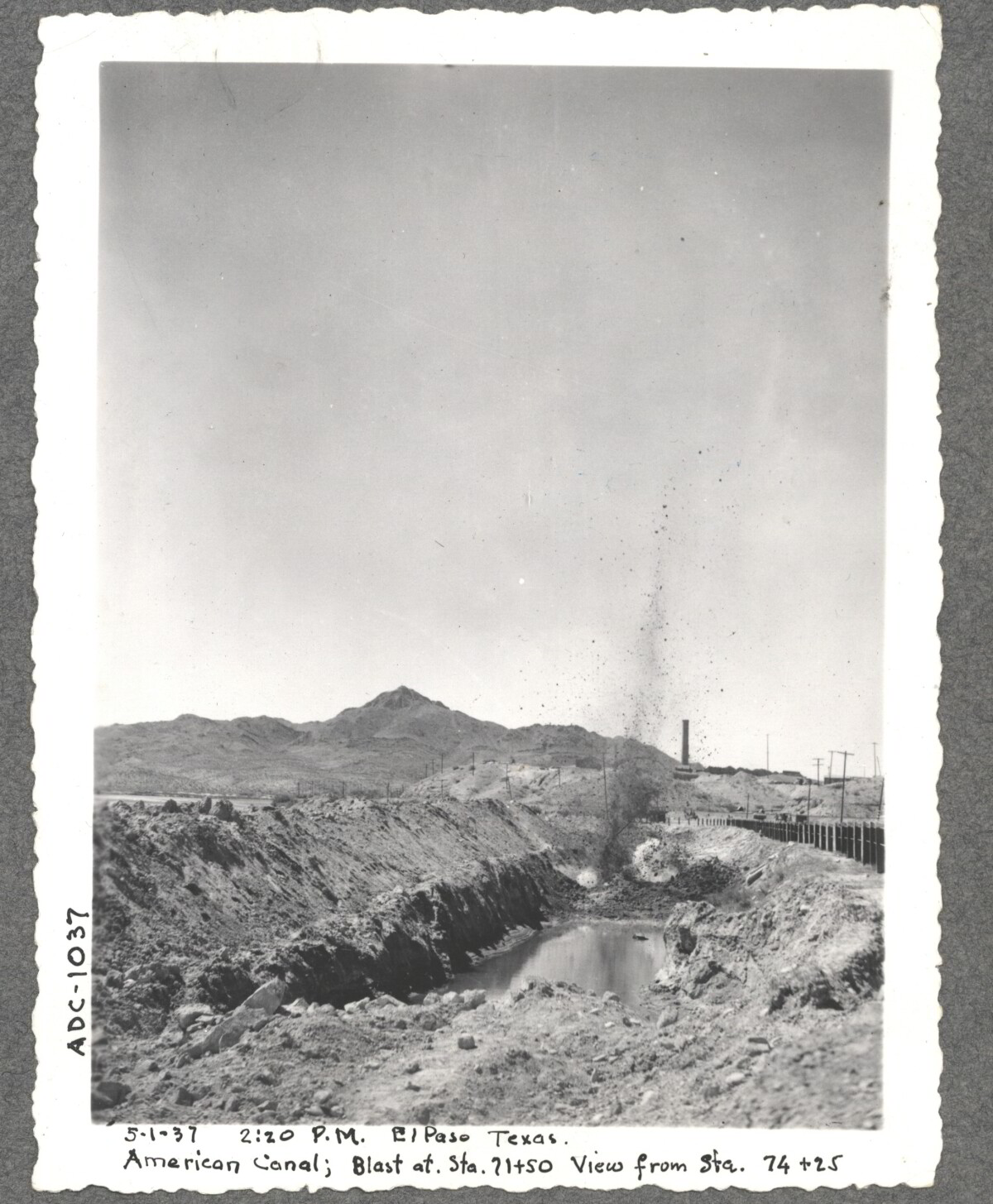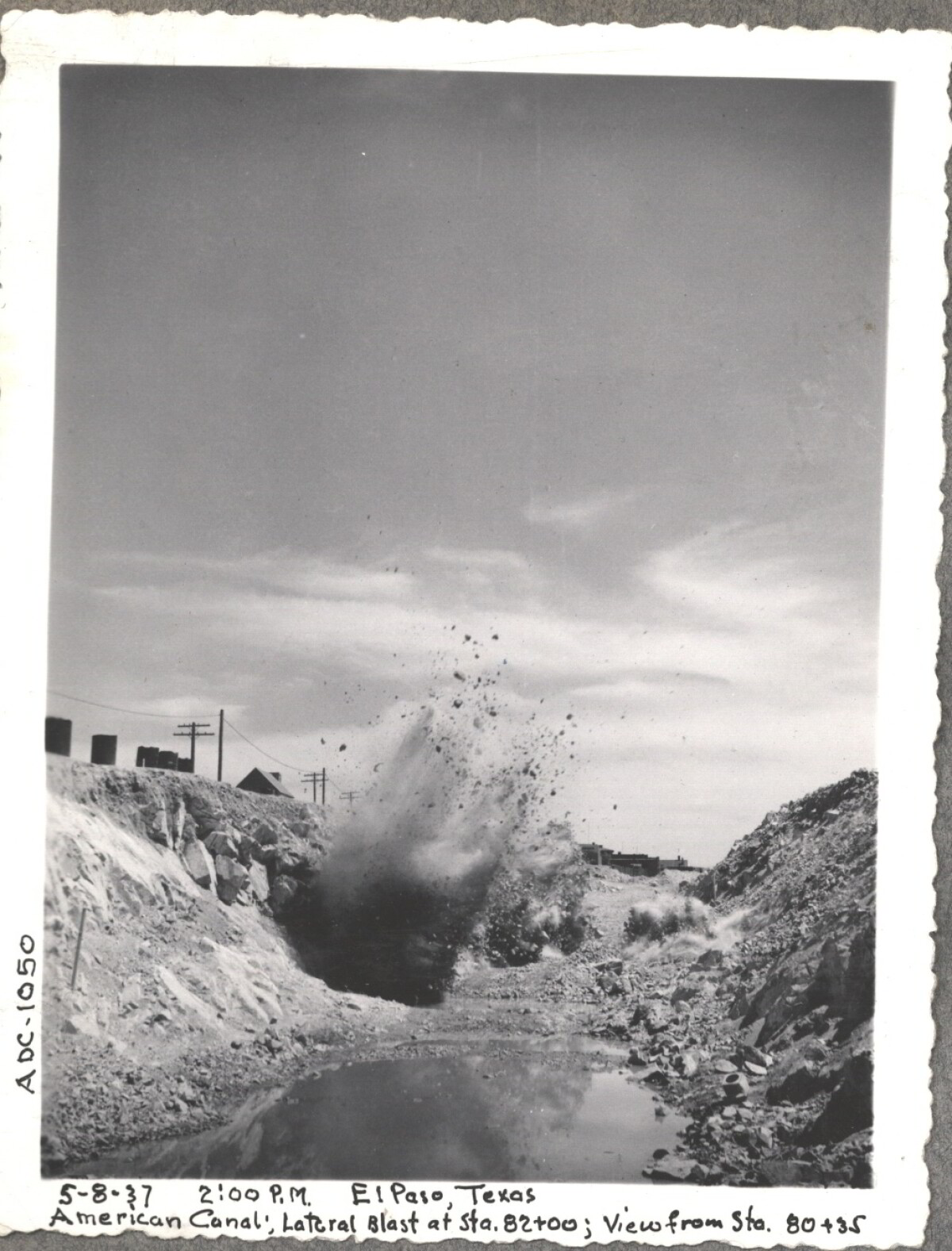Reportar esta entrada
Más sobre la misma comunidad-colección
Padre Lourdes F. Costa - El Paso, Tejas
Father Lourdes F. Costa arrived in El Paso, Texas in 1912. He ...
Rio Grande y Planta de Fundicion
The postcard probably dates from the 1910s. On the top it says: ...
Billy Smith de boxeo - El Paso, Texas
Billy Smith beats Harirty above the smelter in El Paso, Texas.
River Crossing - Punitive Expedition
Cavalry crossing the river during the U.S. Punitive Expedition.











































Comentarios
Hacer un comentario